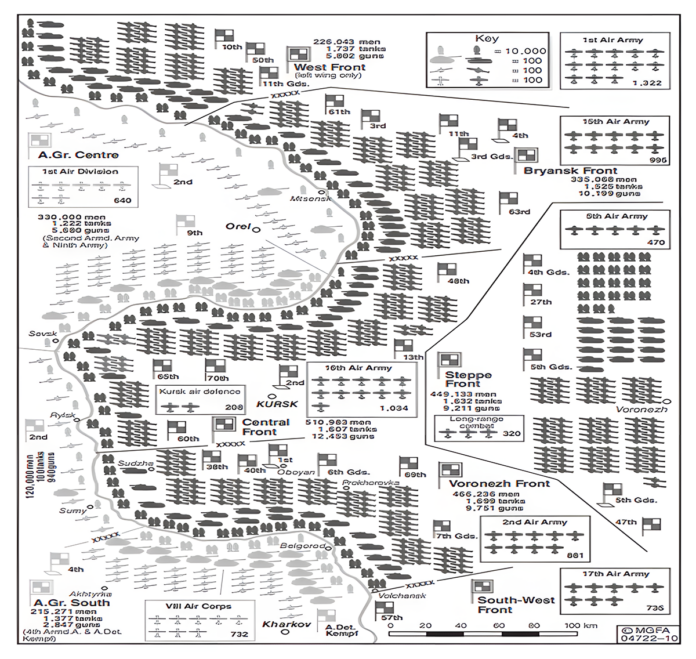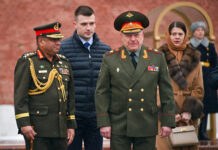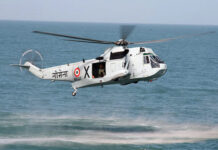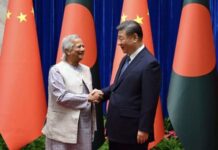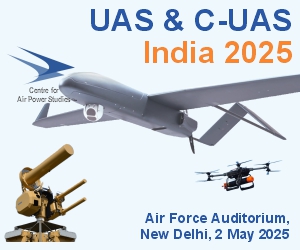September 1948. Despite the beauty that enveloped Fontainebleau a few minutes after dawn, there was an undeniable sense that the world was awakening to a new era, where shadows of uncertainty and tension painted the horizon with hues of apprehension, mingling with the soft colors of the sunrise as a sense of unease lingered in the air, casting itself over the picturesque town. A telegram is sent from Field Marshall Bernard Montgomery’s staff at WUDO headquarters, which is received by a liaison at the American State Department. It reads: “Present instructions are to hold the line of the Rhine. Presently available forces might enable me to hold the tip of the Brittany Peninsula for three days. Please advise.”
Montgomery himself said it best. When asked what it would take for the Red Army to break through to the Atlantic, he simply answered: “Shoes.”
As the dust now settled on the conclusion of World War II, Western European leadership was anxious about a potential tactical challenge – a communist-led land invasion. The USSR had emerged from the conflict as a formidable power, while its former European allies were weakened after the War. Yet, to understand the gravity of this situation, we must rewind our clocks by seven years to the onset of WWII itself. The Second World War had an odd symmetry in that it ended much the same way it started: with a well-drilled, technically advanced, and operationally ambitious army carving apart an outmatched foe. Of course, the major phase of the war began with Germany’s swift devastation of Poland, which rewrote the book on mechanized operations. The Soviet Union’s equally totalizing and fast victory of Manchuria in August 1945 marked the end of the war, or at least the final major land campaign.
To provide proper context, it is essential to tell the tale of the Battle of Kursk before proceeding with Manchuria. In the challenging spring of 1943, the Wehrmacht faced a daunting situation. Army Group South’s efforts to reach the Caucasus had been in vain, and the aftermath of the Stalingrad defeat required a monumental effort led by Generalfeldmarschall Erich von Manstein to salvage the Army. With Soviet forces outnumbering the Germans twofold on the eastern front and having a significant advantage of reserve troops, the odds were stacked against the Germans. The Red Army’s superiority in tube and rocket artillery further compounded the challenges. Manstein’s successful counterattack in Central Ukraine had pushed the Soviets back, regaining key cities like Kharkov and Belgorod. However, a planned offensive towards Kursk had to be canceled due to weaknesses in the German formations further north, which resulted in the Soviets occupying a significant bulge centered around Kursk.
Battle of Kursk
The plan was to have armies from Army Group Center and Army Group South attack the base of the bulge, meet at the rear, and encircle the Soviet forces within. However, Manstein faced obstacles with the mud season halting operations during the spring thaw, causing both sides to pause and regroup. German intelligence believed the USSR could deploy 40 fresh divisions in Kursk. In reality, they deployed 800 divisions! The Red Army planned to fill the bulge with troops and artillery, denying the Wehrmacht any possibility of encirclement. This demonstrates the importance of operational reserves in warfare. However, it is also crucial to note that a clash of tanks occurred at Prokhorovka, where the powerful Soviet 5th Guards Tank Army aimed to counterattack against the approaching SS spearhead, leading to a close-range tank-on-tank combat. However, the clash resulted in a tactical debacle for the Soviet tank army, as they launched an ill-advised frontal assault against technologically superior German vehicles. The technological gap between the German Big Cats – the Panzer V Panther, and the Tiger proved to be serious opponents for the Soviet tanks. Although, the battle at Prokhorovka did not greatly alter the course of the larger Kursk operation, as the German attack failed to break through the heavily fortified Soviet defenses. But this was a clarion call for the Soviet military planners.
Manchuria
Now, Manchuria is one of the many forgotten fronts of the War despite being among the oldest. The Japanese had been meandering in Manchuria since 1931, consolidating a pseudo-colony and puppet state ostensibly called Manchukuo, which served as a launching pad for more than a decade of Japanese incursions and operations in China. For a brief period, the Asian land front had been a key pivot of world affairs, with the Japanese and the Soviet Red Army fighting a series of skirmishes along the Siberian-Manchurian border and Japan’s brutal 1937 invasion of China, which was an indicator of the impending global war. However, circumstances had pulled attention and resources in other directions, particularly the events of 1941, with the outbreak of the German-Soviet War and the Great Pacific War. After a few years, as a significant geopolitical pivot, Manchuria was relegated to the background and became a lonely, forgotten front of the Japanese Empire until 1945.
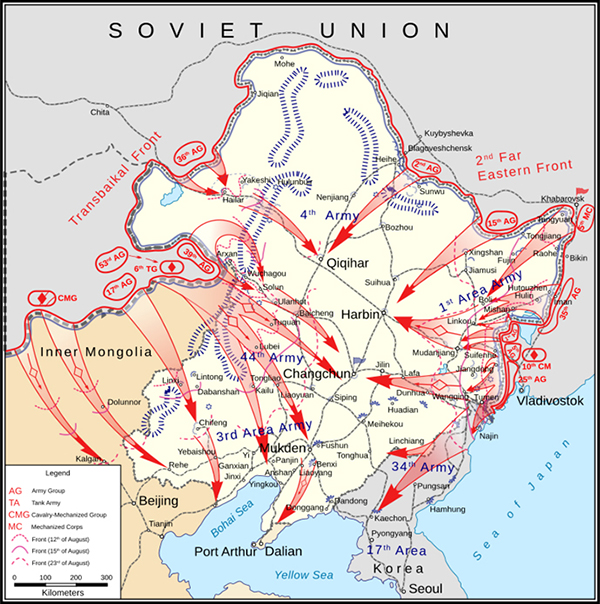
Among the many topics discussed at the Yalta Conference in February 1945 was the Soviet Union’s long-delayed entry into the war against Japan, opening an overland front against Japan’s mainland colonies. Although it seems relatively obvious that Japanese defeat was inevitable, given the relentless American advance through the Pacific and the onset of regular strategic bombing of the Japanese home islands, there were concrete reasons why Soviet entry into the war was necessary to hasten Japanese surrender. More specifically, the Japanese continued to harbor hopes late into the war that the Soviet Union would choose to mediate between Japan and the United States, negotiating a conditional end to the war that fell short of total Japanese surrender. Soviet entry into the war against Japan would dash these hopes. The Soviet Union’s overrunning of Japanese colonies in Asia would emphasize to Tokyo that they had nothing to fight for. Against this backdrop, the Soviet Union spent the summer of 1945 preparing for one final operation to shatter Japan in Manchuria.
The Soviet maneuver scheme was tightly choreographed and well-conceived – representing in many ways a type of encore, perfected demonstration of the operational art that had been developed and practiced at such a high cost in Europe. The strategic plan involved utilizing the unique geography of Manchuria, which extended into the Soviet Union’s borders. The plan was designed to rapidly and efficiently attack several rail and transportation hubs situated in the Japanese rear. These hubs were identified as Qiqihar, Harbin, Changchun, and Mukden, and the aim was to secure them quickly and effectively. By rapidly bypassing the main Japanese field armies and converging on transit hubs in the rear, the Red Army effectively isolated all the Japanese armies from each other and from their lines of communication to the rear, effectively slicing Manchuria into a host of separated pockets.
It is important to acknowledge that the Japanese faced insurmountable odds in resisting the attack. The Soviet force was overwhelmingly equipped with manpower and resources-three fronts consisting of over 1.5 million men, 5000 armored vehicles, and tens of thousands of artillery pieces and rocket launchers. The Japanese were facing an uphill battle from the onset. Imperial Japan (including Manchurian proxy forces) had a paper strength of perhaps 900000 men, but the vast majority of this force was unfit for combat. Virtually all of the Japanese Army’s veteran units and equipment had been steadily transferred to the Pacific in a cannibalizing trickle-a vain attempt to slow the American onslaught. Accordingly, by 1945, the Japanese Kwantung Army had been reduced to a lightly armed and poorly trained conscript force suitable only for police actions and counterinsurgency against Chinese partisans.
There was nothing for the Japanese to do. The Kwantung Army had far less of a fighting chance in 1945 than the Wehrmacht had in the spring of that year. Unsurprisingly, the Soviets broke through everywhere at will when they began the assault on 9th August. Soviet armored forces comfortably overran Japanese positions, which were armed primarily with archaic, low-caliber antitank weaponry that could not penetrate Soviet armor even at point-blank range. By the end of the first day, the Soviet pincers were driving far into the rear. The offensive demonstrated the Red Army’s extreme proficiency in organizing enormous operations and moving at high speeds. By August 20 (after only 11 days), the Red Army had reached the Korean border and captured all their objectives in the Japanese rear, in effect completely overrunning a theater that was even larger than France. Many of the Soviet spearheads had driven more than three hundred miles in a little over a week.
The combat aspects of the operation were ludicrous, given the totalizing level of Soviet overmatch. Red Army losses hardly breached the 5-digit mark, which is inconsequential for an operation of this scale. What was genuinely impressive – and terrifying to alert observers – was the Red Army’s clear demonstration of its capacity to organize colossal operations in scale, both in the size of the forces and the distances covered. Soviet forces would begin a formal withdrawal from Manchuria and Korea in 1946. Still, as they receded, they left in their wake consolidated and well-supported communist political machines, including the Workers Party of Korea under Chairman Kim Il Sung and the Chinese Communist Party under Mao Zedong. The Soviet Union presented something of a unique geopolitical triple threat. In its own right, it had astonishing state capacity to field massive armies and roll them over continent-sized spaces. It had a proven model of effective political institutions that could allow local communist parties to establish powerful political monopolies.
All of these powers had been on full display in Asia, with the lightning advance, the rapid consolidation and funneling of resources to local communist parties, and the durable North Korean and Chinese party states that were left behind once the Red Army withdrew. To make matters even worse, this powerful Soviet expansion apparatus was now precariously forward deployed deep in the heart of Europe, with the Soviet frontier pushing all the way into Central Germany. The fear that the Soviet Union would replicate its Manchurian exploits in Europe became the foundational anxiety of the Cold War – predating both Soviet atomic weapons and, by extension, the fear of nuclear war. As early as 1947, France and the United Kingdom began signing joint defense pacts, which expanded to include Belgium and the Netherlands with the 1948 Treaty of Brussels, bringing about the short-lived “Western Union Defense Organization” (WUDO). It was clear, however, that such a limited alliance structure would be utterly inadequate in the event of war with the Soviet Union. France and Britain were degraded, threadbare powers in no place to fight yet another major war.
The Cold War
The beginning of the Cold War can be best identified as a sequence of events in 1948 and 1949, which together represented the breakdown of the post-war Soviet-American cooperation in Europe and the consolidation of the power blocs that would characterize the Cold War. In those intervening years after the end of the Second World War, the United States and the Soviet Union undertook a series of actions designed to consolidate their positions in Europe according to the postwar settlement. The US rehabilitated Western Europe under the Marshall Plan, while the USSR forbade Eastern bloc countries from participating. There was thus a certain degree of symmetry as both the USSR and the United States consolidated the two spheres of Europe, creating a sharp split down the spine of the continent. The US intervened in Greece to prevent a communist takeover, followed by a Soviet-backed coup in Czechoslovakia. The Soviet abandonment of the Allied Control Council ended any joint administration in occupied Germany. The situation worsened with the attempted communist putsch in Berlin and the Soviet blockade of the German capital, leading to the Berlin airlift. The formation of NATO in April 1949 was a response to the deteriorating security situation. The Soviet Union predictably followed with the Warsaw Pact a few years later. The Cold War was on.
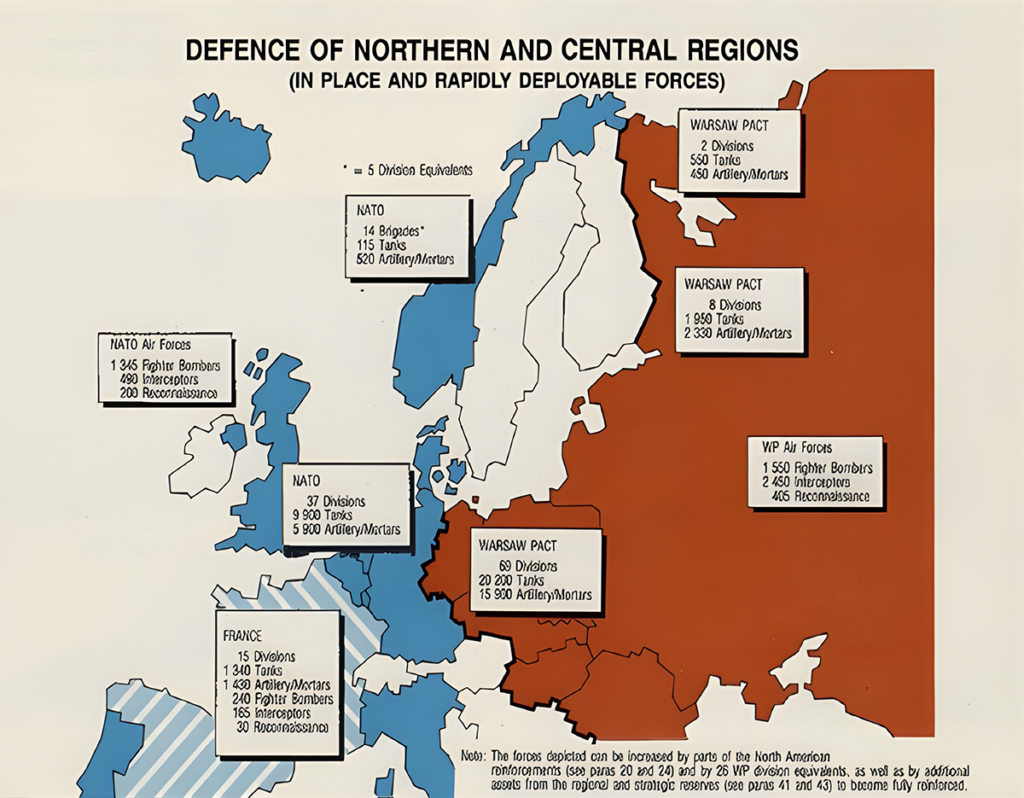
The doctrines established during the Cold War have persisted to a significant extent in the present tactical situation in Europe. NATO’s expansion has not helped ease these considerations. The balance between evolving military technologies and the constraints of available resources continues to shape contemporary military strategies in the European theater.
Modern-day Russia has overcome its Kurskian deficiencies by arming itself with some of the world’s most advanced weaponry and establishing an elaborate, yet normative means of use.
However, a notable departure from historical precedents such as Kursk and Manchuria is Russia’s manpower limitation. This has impacted its ability to swiftly conduct large-scale Manchurian offensives in Ukraine. This scarcity of manpower has influenced Russia’s tactical decision-making, leading to a more calculated approach to strategic dynamics.


